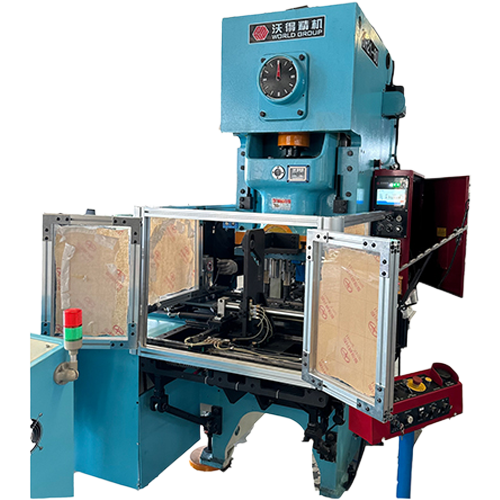Optimizing production processes: How automatic winding and sealing machines can improve efficiency
In today's fast-paced manufacturing environment, improving production efficiency has become the primary goal pursued by companies in various industries. Automatic winding and sealing machines have become indispensable tools, greatly improving production efficiency. These advanced machines operate precisely, stably and efficiently, resulting in increased production efficiency, reduced labor costs, improved product quality, and overall enhanced operational efficiency. This article explores how automatic winding and sealing machines can help optimize production processes.
Automatic winding and sealing machines can operate at extremely high speeds and maintain high precision. These machines pay extreme attention to detail when performing winding and sealing tasks, thus avoiding the uncertainties inherent in manual operation. The result is a consistent and high-quality product.
A major advantage of automatic winding and sealing machines is that they can significantly reduce labor costs. These machines are designed to perform tasks that would otherwise require a team of skilled workers. As a result, companies can allocate human resources to more strategic and value-added tasks while saving labor costs.
The high-speed performance of automated machines means a significant increase in production efficiency. This is particularly beneficial for industries with high demand and strict production cycles. Automated machines are able to operate continuously without fatigue, significantly increasing production in a shorter time.
Automatic winding and sealing machines are designed to reduce downtime. They require fewer stops, require less maintenance than manual operations, and are less prone to errors that could disrupt production. This makes the production process more efficient and uninterrupted.
The high precision and stability of automatic winding and sealing machines significantly reduce the likelihood of product errors and defects. Higher product quality not only meets customer needs, but also reduces the costs involved in rework and returns, thereby improving the company's profitability.
Many automatic winding and sealing machines offer great flexibility and adaptability. Their ability to adapt to different product sizes and types makes them indispensable multi-purpose equipment for businesses. This adaptability eliminates the need for multiple specialized machines, simplifies operating processes, and optimizes valuable usage space.
Automation technology frees workers from potentially hazardous work, such as handling hot or sharp materials during sealing. This not only improves workplace safety but also reduces the risk of injury, thereby reducing the number of workers' compensation applications and disruption to production.
Modern automation equipment is often equipped with sensors and data collection capabilities. This allows manufacturers to monitor machine performance in real time, track production metrics, and identify areas for improvement. Leveraging data-driven insights enables fine-tuning of processes, leading to greater efficiency gains.
While the initial investment in automatic winding and sealing machines can be quite high, significant savings can be achieved in the long term in terms of lower labor costs, reduced waste, and improved efficiency, resulting in higher returns. These machines are not just tools, but strategic assets that can enhance a company's competitiveness and profitability.
Automation often reduces material waste because precise control of the winding and sealing process plays a key role. This not only achieves savings in terms of material costs, but is also in line with the goal of sustainable development. By conserving resources, automated equipment promotes environmentally friendly production methods.

Recommended Products


 EN
EN
 中文简体
中文简体 English
English













